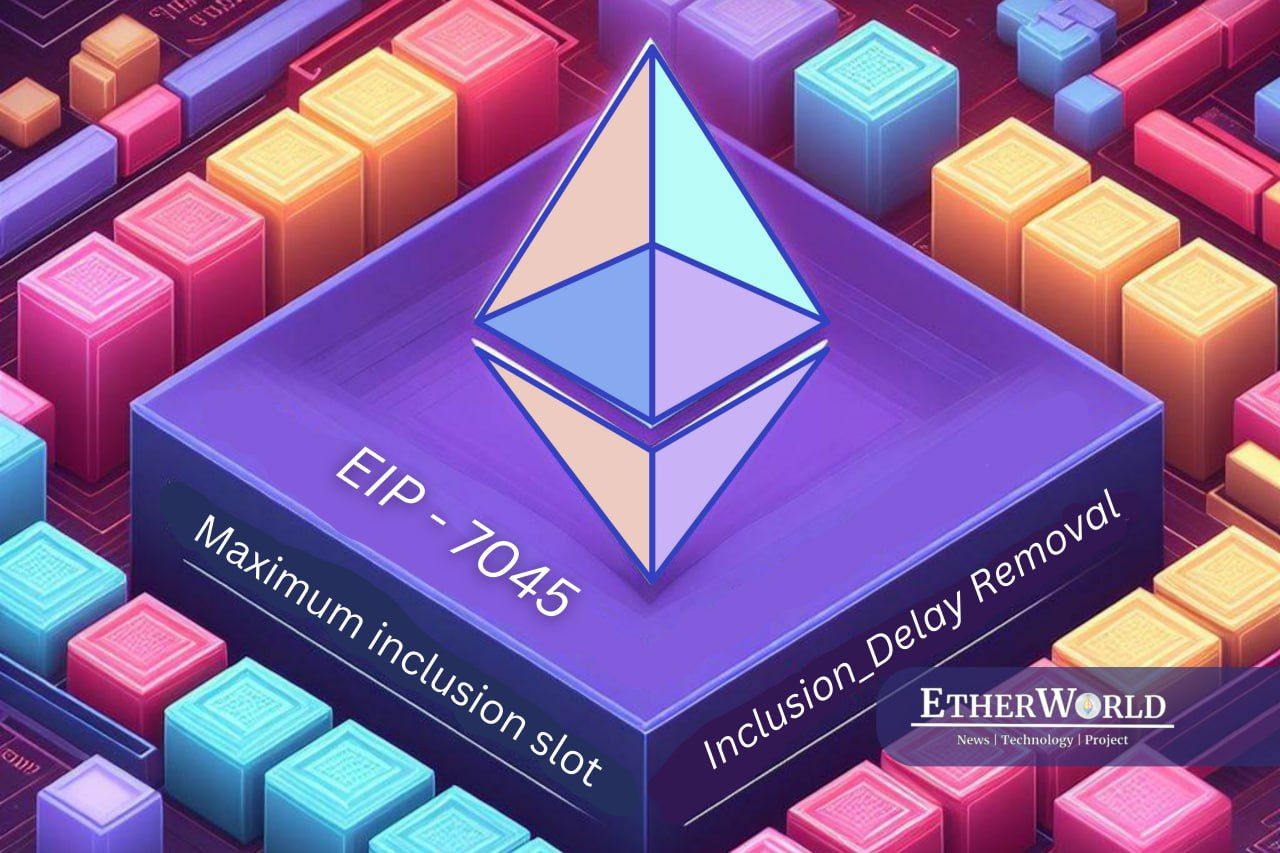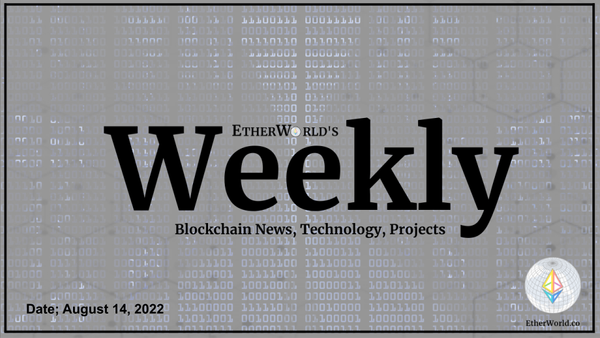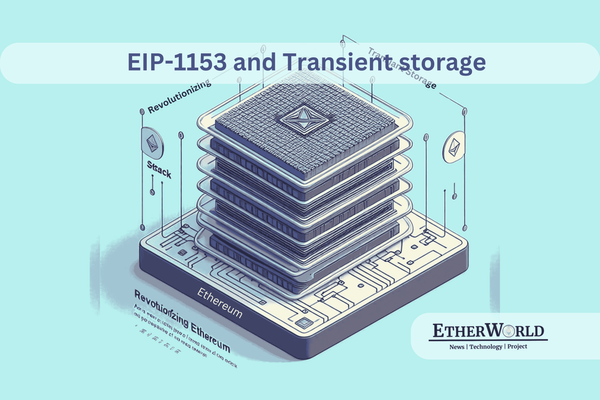Overview
EIP-7045 introduces a critical change in the Ethereum network by extending the maximum inclusion slot for attestations. This proposal seeks to enhance the security and efficiency of Ethereum's consensus mechanism. Currently, attestations have a limited window for inclusion, but EIP-7045 widens that window, enabling attestations to be valid until the end of the next epoch.
This shift is rooted in the evolving understanding of LMD-GHOST security proofs and the need for a new confirmation rule. By allowing attestations to remain valid for an extended period, Ethereum can improve its security while also enhancing its performance, particularly in confirming blocks in a more timely manner.
This deep dive will provide a comprehensive analysis of the EIP's motivation, technical changes, implications, and its overall impact on Ethereum's consensus and security.
Current Limitation of Attestations
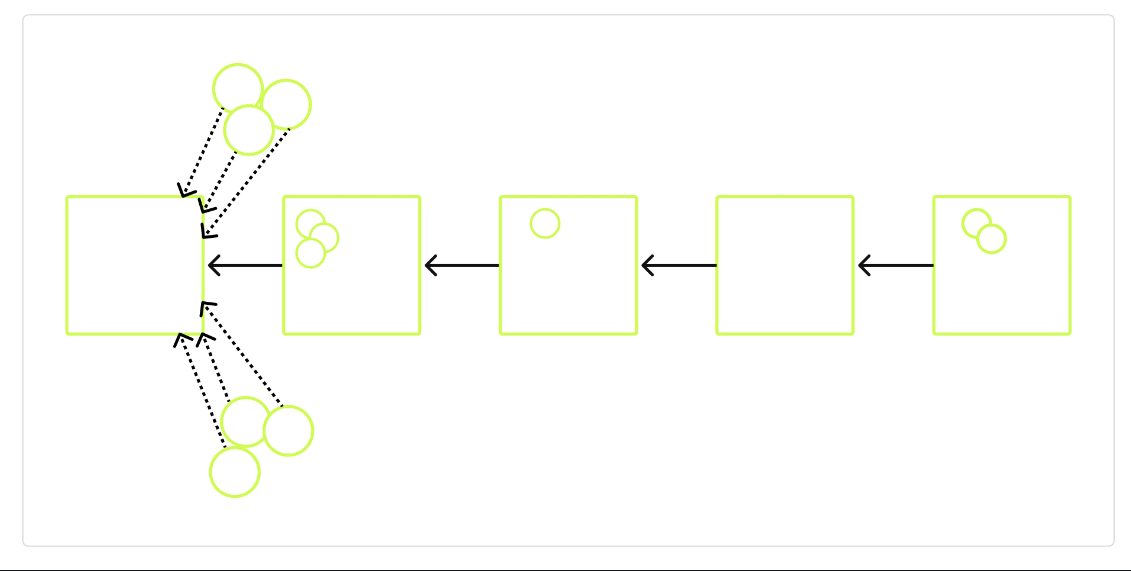
Limited Inclusion Window
Attestations are currently subject to a limited inclusion window. Specifically, they can be included in blocks after a minimum delay of one slot on the mainnet.
This inclusion window extends only up to SLOTS_PER_EPOCH slots after the slot in which the attestation was created.
One-Epoch Inclusion Window
The limitation of one epoch (SLOTS_PER_EPOCH) for attestation inclusion was originally chosen during Phase 0 of Ethereum 2.0. The rationale behind this decision was to ensure that all attestations had an equal inclusion window.
The goal was to maintain fairness and uniformity in the inclusion process, as every attestation, regardless of when it was created during an epoch, had the same time frame to be included in a block.
Alternative Design Consideration
An alternative design path was considered during the initial phase. This alternative proposed allowing attestations to be included not only during the current epoch but also in the next epoch.
In this approach, attestations created at the start of an epoch would have a longer potential window for inclusion compared to those created toward the end of the epoch.
Importance of the Alternative Design
Over time, it has become apparent that the alternative design allowing attestations to be included during the current and next epoch is crucial for several reasons.
This alternative design is now seen as critical for the security of the LMD-GHOST (Latest Message-Driven Greediest Heaviest Observed Sub-Tree) consensus algorithm.
Impact on a New Confirmation Rule
In addition to its significance for LMD-GHOST security proofs, the alternative design is also essential for the implementation of a new confirmation rule.
This confirmation rule is expected to enable faster block confirmations, with the potential for blocks to be confirmed in approximately 3-4 slots under normal mainnet conditions.
How Ethereum Determines the canonical block

Imagine the Ethereum blockchain like a story told in a straight line, where each event is a block. But here's the catch: before everyone agrees on which event (block) comes next, they need to vote to decide.
Think of these votes as validators saying, "Hey, this event looks right to me!" In the picture, you see three possible events marked by pink, orange and blue arrows. These are like different suggestions for the next part of the story.
Until all the voters (validators) agree on one event by putting their votes on it, the Ethereum network hasn't decided which part of the story is the official, agreed-upon version. So, before this voting is done, there might be a bit of confusion with different versions of the story floating around.
Specification Details
EIP-7045 introduces significant technical changes within the Consensus Layer of the Ethereum network. The core modification revolves around the expansion of the max attestation inclusion slot, addressing limitations in the existing attestation inclusion window.
The proposal is part of the Consensus Specs Deneb upgrade, which aims to enhance network functionality. One key aspect of the proposal involves the removal of an upper bound on the slot check within the "process_attestation" state transition function. This change ensures that attestation inclusion is extended to the last slot of the epoch that follows the one containing the attestation slot, a substantial shift from the previous inclusion period limited by SLOTS_PER_EPOCH.
The proposal also incorporates the introduction of a crucial constant, FORK_TIMESTAMP, which plays a central role in the network upgrade. It's noteworthy that, despite these significant alterations in the Consensus Layer, no corresponding adjustments are necessary in the Execution Layer, maintaining backward compatibility. The proposed changes are aimed at improving the security of the LMD-GHOST consensus protocol and facilitating the implementation of a fast confirmation rule.
Extended Max Inclusion Slot
At its core, this modification eliminates the previous limitation that bounded attestations to a rolling window of one epoch. The change allows attestations to remain valid for inclusion up to the last slot of the epoch following the one in which they were created, offering a substantial expansion of the inclusion window.
This change is not merely a technical adjustment but aligns deeply with the security and efficiency of Ethereum's blockchain. The extension of the inclusion slot is pivotal for the security of LMD-GHOST (Latest Message-Driven Ghost) security proofs. It provides a broader scope for the protocol to make informed decisions, especially in scenarios where blocks or attestations may cross epoch boundaries.
Furthermore, this expansion directly facilitates the implementation of a new confirmation rule. This rule holds the potential to streamline the confirmation of blocks in as few as 3-4 slots under normal mainnet conditions, enhancing the overall efficiency and user experience of the Ethereum network.
Ethereum’s fork choice with LMD-GHOST
Ethereum uses LMD - GHOST to analyze fork weights and choose the canonical block.

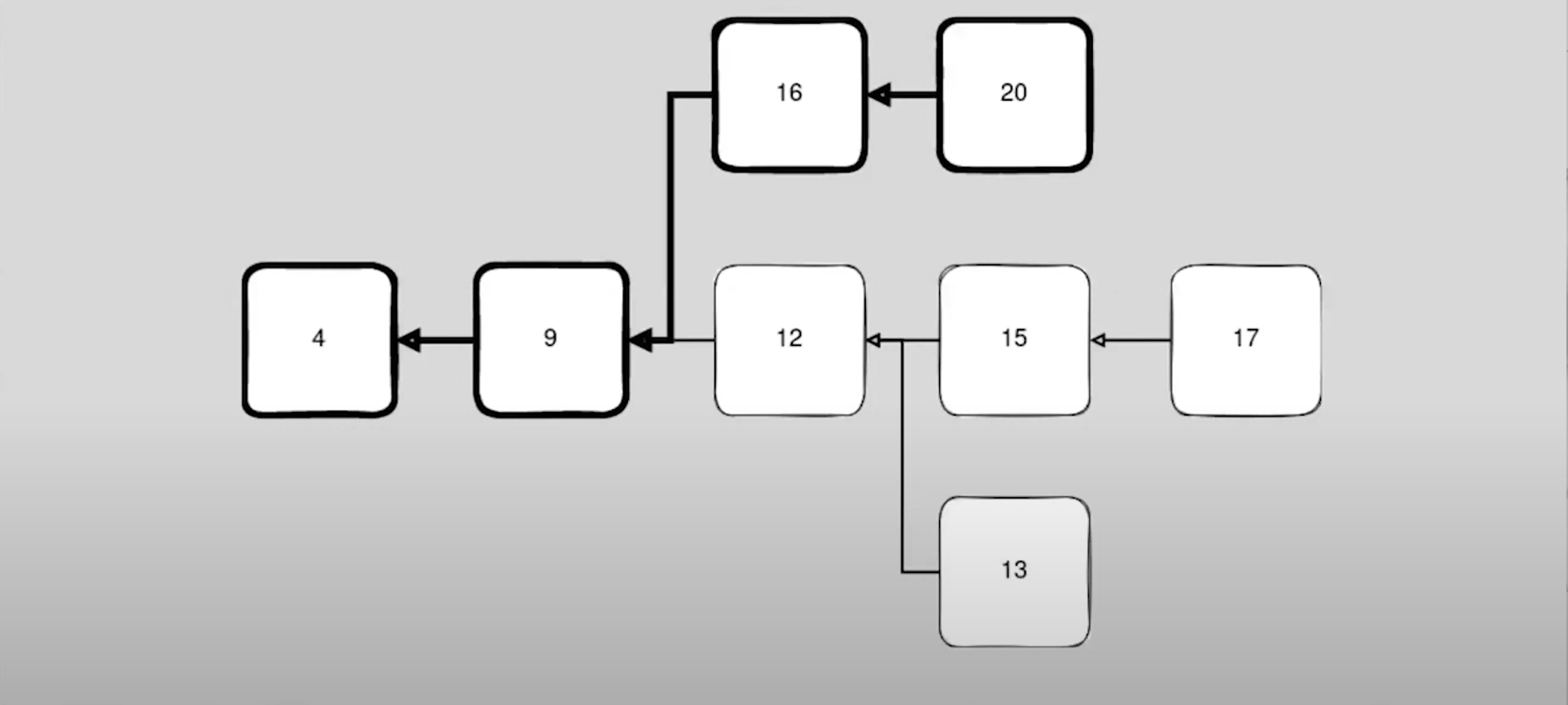
Removal of Inclusion_Delay Consideration
This alteration signifies a departure from the previous practice where an attestation's eligibility for a non-zero reward was tied to its inclusion within a specific window of slots.
Under the new specifications, attestations will be entitled to a baseline non-zero reward for a correct target irrespective of when they are included in a block. This significant shift in approach holds paramount importance for the integrity and robustness of the Ethereum network.
By guaranteeing that attestations are rewarded regardless of their inclusion timing, the proposal ensures that clients will consistently prioritize packing these attestations into blocks. This behavior is of utmost significance for the network's overall security analysis, as it encourages the inclusion of attestations even if they are not promptly included. This not only promotes better participation and engagement within the network but also aligns with the broader goal of enhancing Ethereum's security posture by incentivizing timely and accurate attestations.
Backwards Compatibility and Hard Fork
The notion of backwards compatibility is fundamental in blockchain development, as it ensures that existing software, nodes, and participants can effectively interact with an upgraded blockchain network.
In the case of EIP-7045, which aims to extend the maximum attestation inclusion slot, there are implications for backwards compatibility. The proposed changes to the rules governing block validation in the consensus layer mean that transactions or smart contracts designed to work within the existing framework will face issues under the amended protocol.
This introduces a potential challenge, as it could disrupt existing applications that rely on the previous rules for attestation inclusion slots.
The Necessity of a Hard Fork
Given the implications for backwards compatibility, EIP-7045 necessitates a hard fork for its implementation. A hard fork, in the blockchain context, represents a substantial and often non-backward-compatible shift in the network's underlying protocol. It establishes a clear separation between the old rules and the new ones, enabling a managed transition from the existing state to the updated protocol.
In the case of EIP-7045, the hard fork serves as the point where the changes in attestation inclusion slots become effective. While the proposal may introduce some level of disruption due to its non-backward compatibility, the hard fork provides a structured process for the network to adapt to the new rules, minimizing potential disruptions.
Balancing Technological Progress and Network Stability
EIP-7045 exemplifies the delicate balance between technological advancement and the preservation of a blockchain network's existing infrastructure. It aims to introduce important improvements, particularly in the context of attestation inclusion slots, which are crucial for network security and performance.
However, implementing these changes without regard for backwards compatibility would risk destabilizing the network and disrupting existing applications. The introduction of a hard fork mitigates this risk by allowing a gradual transition to the updated protocol, ensuring that the improvements can be realized while safeguarding the stability and integrity of the Ethereum ecosystem.
Security Enhancements
The EIP-7045 introduces critical security enhancements to the Ethereum network, primarily focusing on LMD-GHOST security improvements. The proposal extends the maximum attestation inclusion slot, allowing attestations to be included in blocks until the last slot of the next epoch, thereby significantly increasing the window for attestations to be considered for block inclusion. This extension addresses potential security vulnerabilities by ensuring that attestations have a more extensive timeframe for consideration within the network's consensus algorithm.
While the proposal brings significant security and efficiency improvements, it is essential to address potential security concerns. The removal of the inclusion delay consideration for target rewards may raise questions about its impact on the network's security. However, the proposal ensures that all valid attestation windows receive a baseline non-zero reward for correct target votes, encouraging their inclusion in blocks. This approach maintains the security of the network and ensures that attestations continue to be prioritized in the consensus process.
EIP-7045, which seeks to increase the max attestation inclusion slot in the Ethereum network, represents a crucial step in the ongoing evolution of the blockchain. This proposal addresses limitations in the current system, providing a more flexible and robust framework for attestation inclusion. By extending the inclusion window to the end of the next epoch and removing the inclusion delay consideration, the Ethereum network stands to benefit significantly in terms of both security and usability.
As with many technical advancements, these improvements come with considerations for backwards compatibility and necessitate a hard fork for implementation. Nevertheless, the overall security considerations indicate a positive outlook, with no known negative impacts on the network's security.
EIP-7045 reflects the Ethereum community's commitment to continual improvement and adaptation to the changing landscape of blockchain technology. These changes, while technical in nature, have the potential to significantly enhance the Ethereum network's performance and user experience, making it an important milestone in Ethereum's ongoing development."
Read More
-
scroll-successfully-launches-mainnet-for-zkevm-boosting-ethereum-scalability
-
Solutions to Scalability: Can Off-Chain Payments Scale Blockchain?
Disclaimer: The information contained in this website is for general informational purposes only. The content provided on this website, including articles, blog posts, opinions, and analysis related to blockchain technology and cryptocurrencies, is not intended as financial or investment advice. The website and its content should not be relied upon for making financial decisions. Read full disclaimer and privacy Policy.
For Press Releases, project updates and guest posts publishing with us, email to contact@etherworld.co.
Subscribe to EtherWorld YouTube channel for ELI5 content.
Share if you like the content. Donate at avarch.eth or Gitcoin
You've something to share with the blockchain community, join us on Discord!

